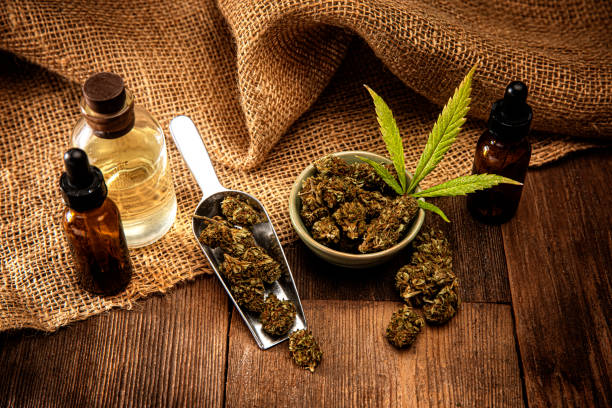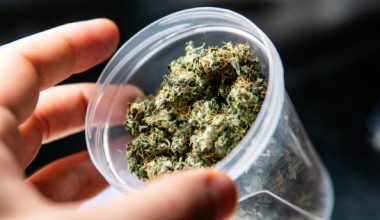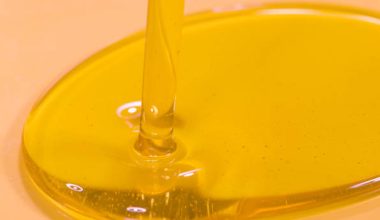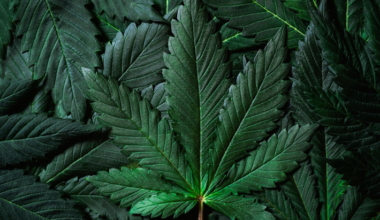Cultivating plants at home provides a sense of fulfillment and an opportunity to understand nature more closely. For those who are interested in cannabis cultivation Growing Cannabis in Pots offers an efficient method that combines control with convenience. Many home growers prefer this approach because it works well in small spaces and allows for adjustments to suit specific growing conditions. By relying on expert guidance and trusted brands like yesiloda cultivators can simplify the process and achieve consistent results.
Benefits of Using Pots for Cannabis Cultivation
One of the main reasons growers turn to pots is flexibility. Unlike traditional in ground growing pots allow plants to be moved according to seasonal changes or environmental needs. For instance if one area becomes too hot or receives limited light pots can be relocated without disturbing the plant. This makes them particularly useful for urban growers or those with limited outdoor space. Growing in containers also allows better management of soil quality and nutrient delivery ensuring healthier plants and stronger yields.
Selecting the Right Pot Size and Material
Choosing an appropriate pot is crucial for plant development. Small pots can restrict root systems and limit growth while excessively large pots may lead to overwatering issues. Most growers recommend starting with a medium size and upgrading as the plant matures. As for materials fabric pots are ideal because they allow excellent airflow and promote healthier roots. Plastic pots are widely available and affordable but they require careful monitoring of drainage. Clay pots provide natural breathability but are heavier and less portable. Each option has its strengths and should be chosen based on the grower’s specific needs and environment.
Soil Selection and Preparation
The success of Saksıda Kenevir Büyütme largely depends on the quality of soil used. Well balanced soil should provide both nutrition and good drainage. Many growers prefer organic mixes enriched with compost worm castings or coco coir. Adding perlite or vermiculite helps aeration and prevents water from stagnating. Since pots contain limited soil volume ensuring that the mix is nutrient rich from the start is critical. Over time however additional feeding is required to replenish nutrients consumed during the growth cycle.
Watering and Feeding Practices
Maintaining the right watering schedule is one of the greatest challenges when using pots. Because containers dry out more quickly than garden beds they require more frequent attention. A simple method is to water thoroughly until excess drains out and then wait until the top inch of soil feels dry before watering again. Nutrient feeding should also be carefully managed. During the vegetative stage nitrogen promotes leafy growth while phosphorus and potassium are essential in the flowering phase. Overfeeding can damage roots so moderation is key.
Light and Temperature Considerations
Light plays a major role in cannabis development. Outdoor plants in pots should be positioned where they receive at least six hours of direct sunlight daily. Indoor growers must provide adequate artificial lighting such as LED systems that can be adjusted for different growth stages. Temperature should remain stable between 20 to 28 degrees Celsius with cooler nights to mimic natural cycles. Since pots can be moved it is easier to manage extreme conditions by repositioning them when necessary.
Managing Growth in Limited Space
Potted cannabis often requires training methods to maximize yields in a confined area. Techniques such as topping pruning or low stress training help create bushier plants that take full advantage of the available light. These strategies are particularly helpful for growers working indoors or in restricted outdoor spaces. When properly managed a single plant in a pot can produce impressive results without requiring a large setup.
Common Issues Faced by Pot Growers
Growing Cannabis in Pots while convenient does come with unique challenges. The limited soil volume means that nutrients can be depleted quickly requiring frequent feeding. Root bound plants are another common issue when roots fill the pot and begin circling inside. Regularly checking plant health and repotting when necessary prevents this problem. Nutrient buildup from fertilizers can also occur over time but flushing the soil with plain water every few weeks helps restore balance.
Harvesting and Post Harvest Care
When flowers mature and trichomes show their readiness growers can begin harvesting. This process involves carefully trimming branches and removing excess leaves. Drying the harvest slowly in a ventilated space enhances quality and prevents mold. Once dried curing the buds in airtight jars for several weeks improves flavor and smoothness. This final stage is essential to achieving a product that delivers both potency and pleasant aroma. Growing Cannabis in Pots is therefore not just about the growth phase but also about careful handling after harvest.
FAQs
How often should I water cannabis in pots?
It depends on plant size and pot volume but a common rule is to water when the top layer of soil feels dry.
What is the best pot size for cannabis?
A 5 to 7 gallon pot is a good starting point as it provides enough space for roots while remaining manageable.
Can I use garden soil in pots?
Garden soil is usually too dense for pots and may cause drainage problems. A lighter mix with perlite or coco coir is more suitable.
Do potted plants produce less yield than ground grown plants?
Not necessarily. With proper care potted plants can produce high yields especially when supported with good soil and nutrients.
Conclusion
Cannabis cultivation in pots provides growers with an adaptable and practical way to manage plants from seed to harvest. It is particularly suitable for those with limited space or who want the option to move plants easily. By focusing on soil quality watering schedules and environmental control growers can achieve excellent results. With added insights and support from trusted names like yesiloda anyone can turn their home into a thriving cultivation space and enjoy the satisfaction of nurturing their own harvest.
Author Bio
This article was written by Murat Aydin a gardening enthusiast and writer dedicated to sharing practical cultivation strategies. With knowledge gained through yesiloda Murat helps readers discover effective approaches to cannabis growing. To learn more and explore detailed resources visit the website today.
Medical Disclaimer:
The information provided in these blog posts is intended for general informational and educational purposes only. It is not a substitute for professional medical advice, diagnosis, or treatment. Always seek the advice of your physician or other qualified healthcare provider with any questions you may have regarding a medical condition. The use of any information provided in these blog posts is solely at your own risk. The authors and the website do not recommend or endorse any specific products, treatments, or procedures mentioned. Reliance on any information in these blog posts is solely at your own discretion.






